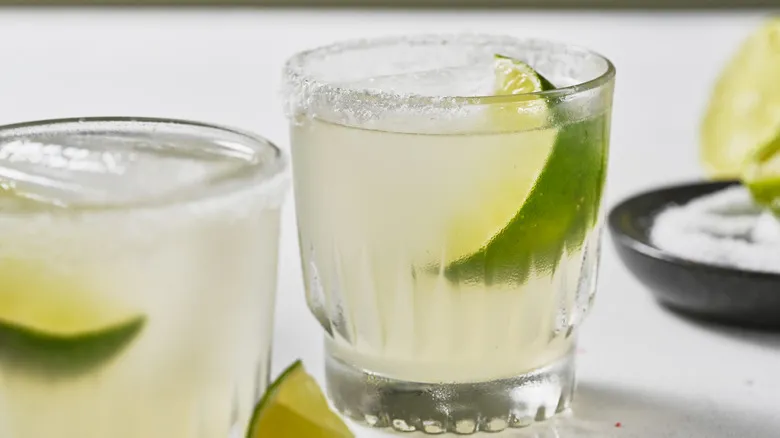DDH adds two doses of hops after fermentation

While double dry hopping is frequently used in the brewing industry, it lacks a strict definition. The term originated to refer to the method of adding hops in two separate rounds, hence the "double" aspect. However, contemporary brewers have also achieved success by incorporating all the hops at once or by adding and then replacing them; each brewer has their own unique approach. What remains consistent is the use of a substantial amount of hops, resulting in a beer bursting with flavor.
It's no surprise that this technique is most closely associated with IPAs, particularly the hazy varieties. The hop particles introduced into the brew are not filtered out but are instead celebrated for their aromatic qualities. DDH is most commonly used in the production of New England IPAs, resulting in rich, textured beers that highlight the fruity characteristics of the hops.
That said, brewers also apply this method to create more bitter West Coast IPAs. Although pale ales typically have a less hop-forward profile compared to IPAs, some brewers even utilize double dry hopping for this style as well. This showcases the fascinating creative potential of brewing; the options are vast. So, explore the diverse offerings available by visiting some of the finest breweries in the U.S. to experience DDH at its best.
Recommended

Why You Should Avoid Ordering Beer And Ale In Frosted Glasses

What Makes A Crowler Different From A Growler When It Comes To Beer?

Those Mix-A-Six Beer Packs Seem Great, But Think Again

Why Sardinian Cannonau Is Nicknamed Longevity Wine
Next up





